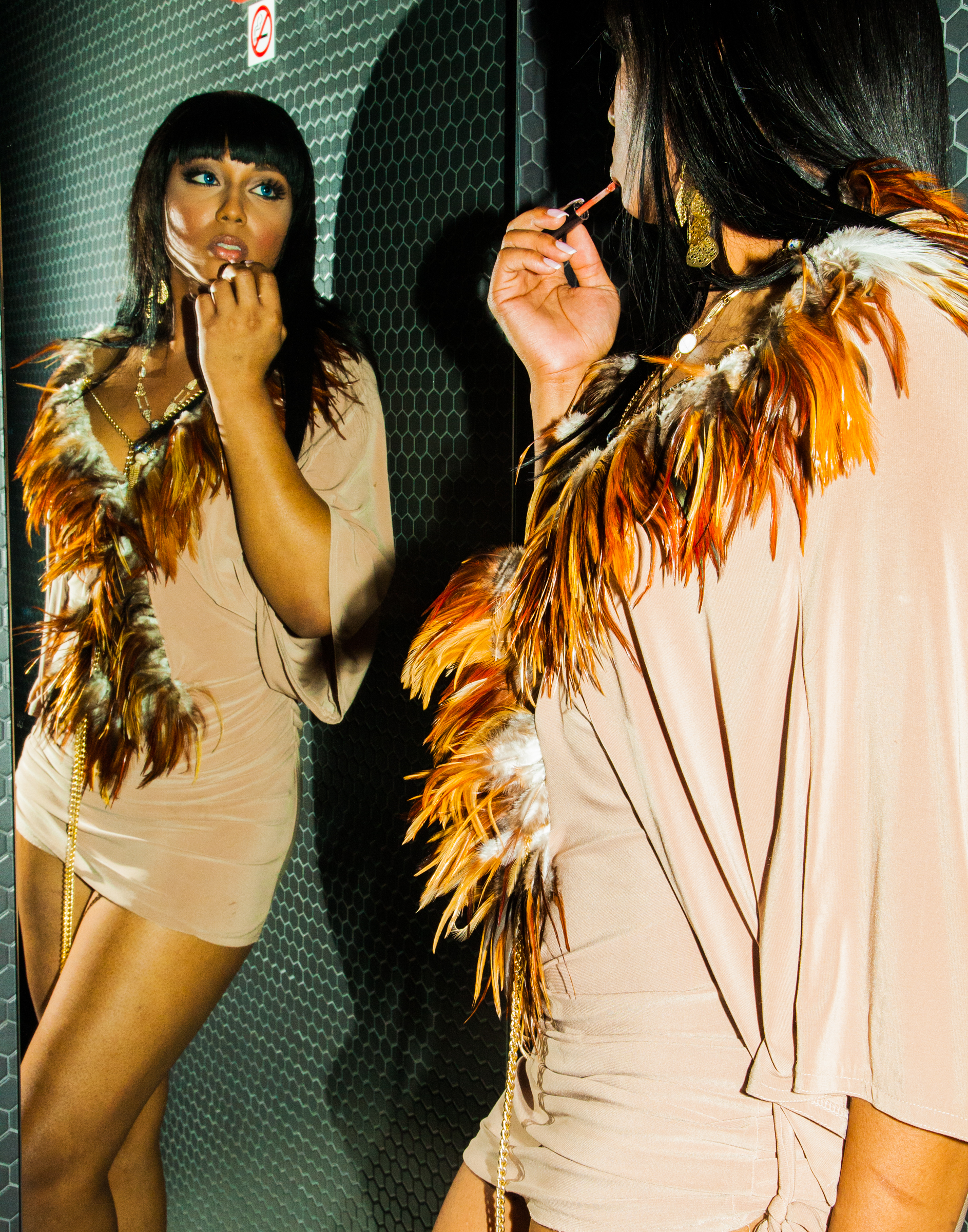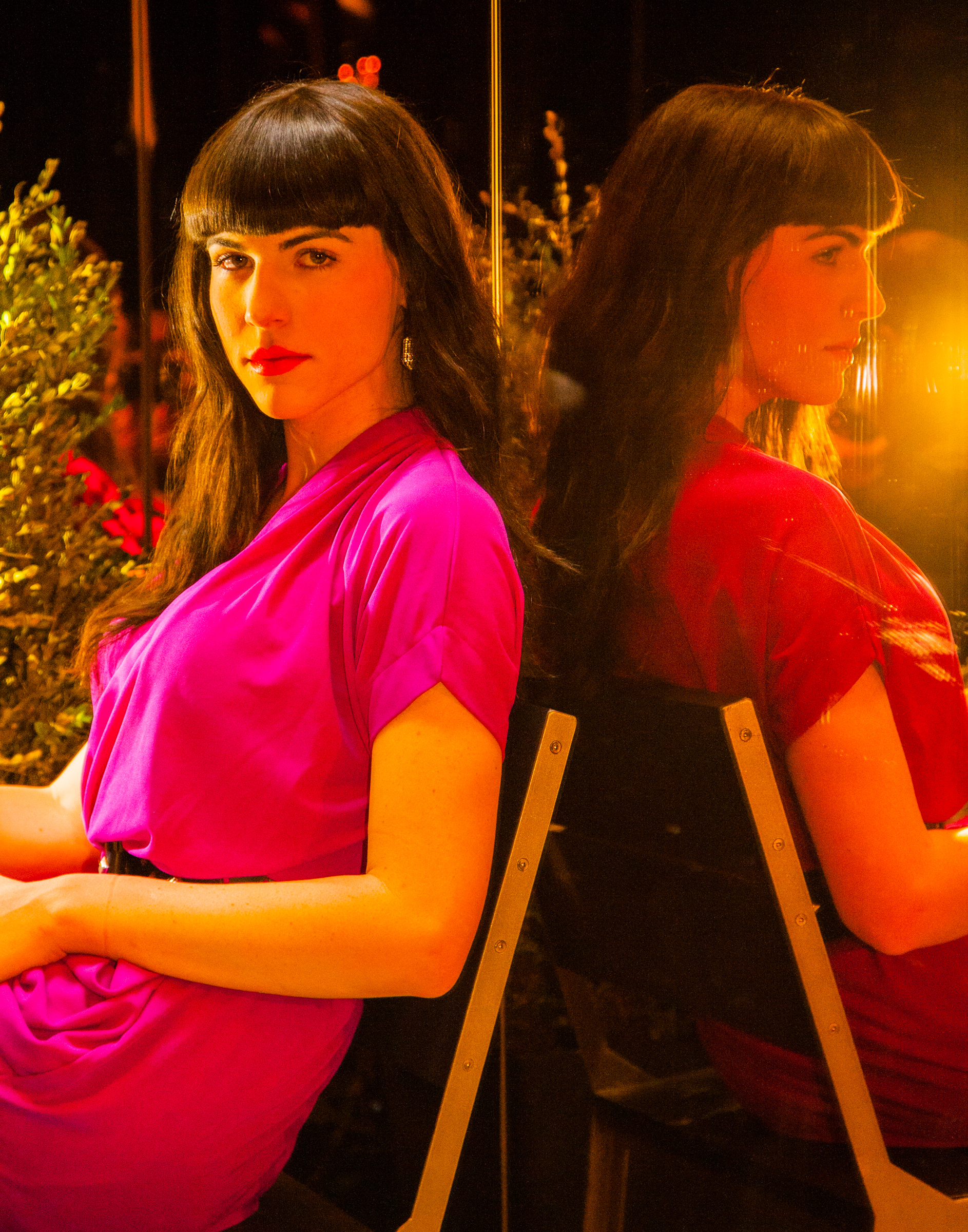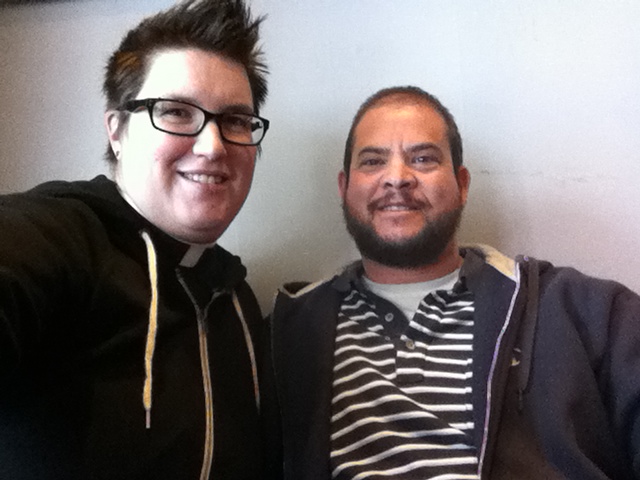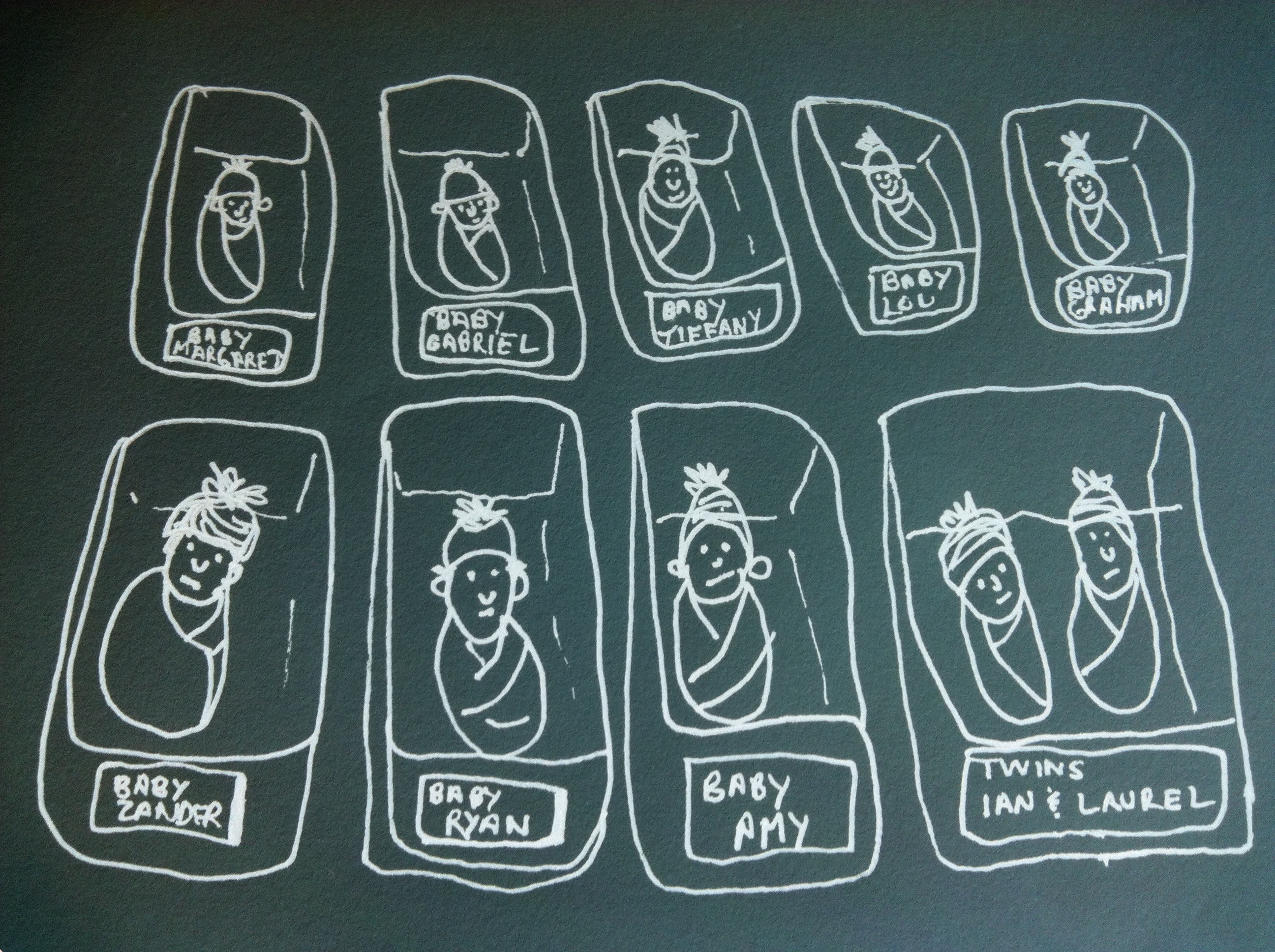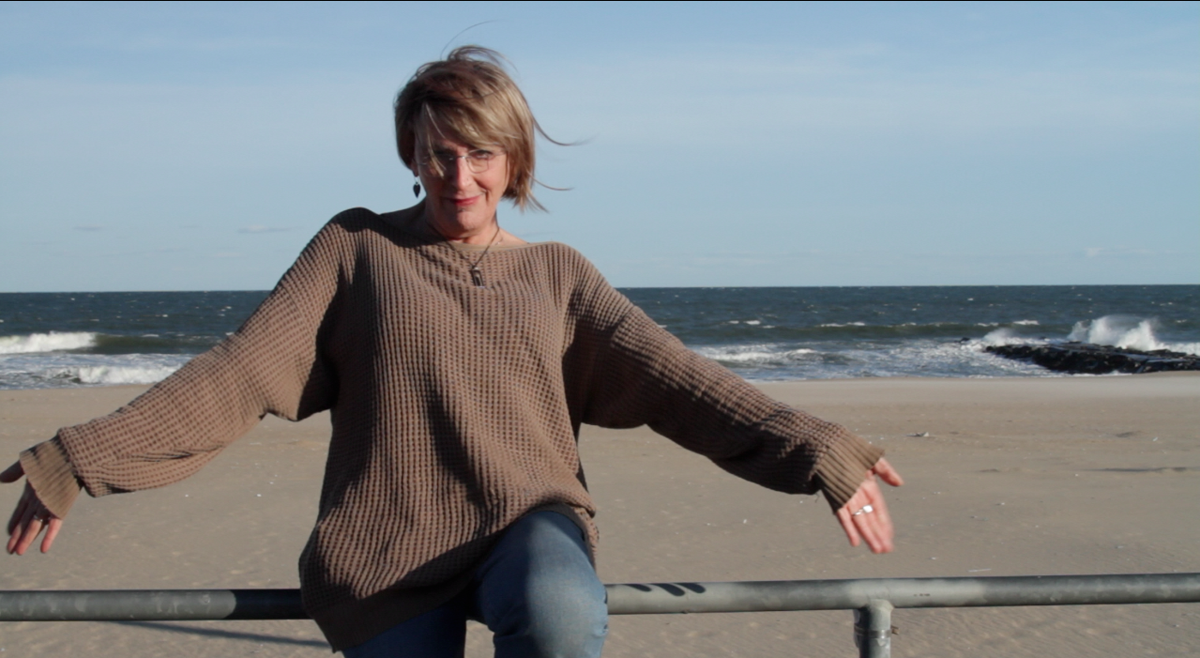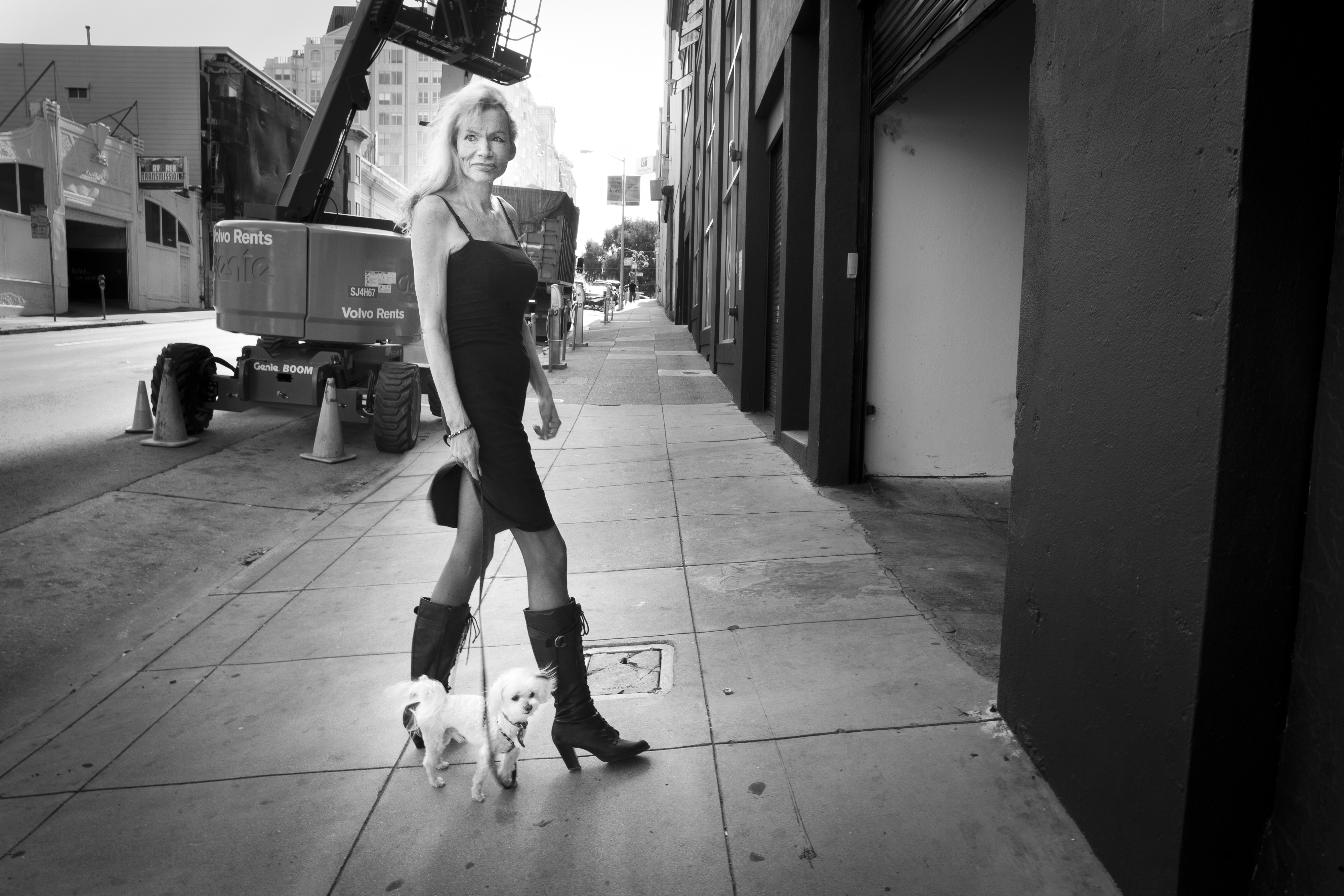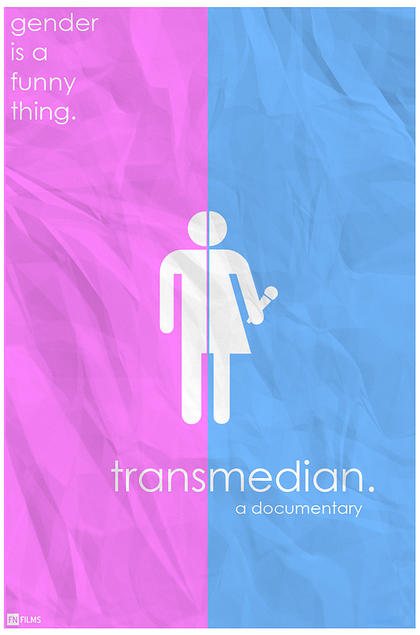For Gay Community, Finding Acceptance Is Even More Difficult on the Streets

Jim Wilson/The New York Times
Bobbie Ingalls, 50, who is
homeless and transgender, at St. Francis Lutheran Church in San
Francisco, where people lined up for breakfast.
By ERICA GOODE
Published: December 2, 2013
Activists at City Hall in San Francisco.
But there were also days when he sat on the bench in the square and sang
“The Star-Spangled Banner,” looking up at the flags atop the Westin St.
Francis hotel and thinking, “That’s breathtaking, that’s my American
dream.” Or when he mingled with tourists, giving them directions to the
cable cars, or gazed through the windows at the shoppers in Macy’s and
was saddened by how rich and healthy they looked.
He scavenged for meals in garbage bins. He avoided the homeless
shelters, where he had heard that gays were taunted, or worse. His
“angel,” he said, was in the center of the square: the statue “Victory,”
a trident in one hand, a wreath in the other.
“I would look at it at night and think, ‘Oh my God, that’s my hope,’ ” he said.
San Francisco is often viewed as a Mecca for gay people. But the warmth
of the city’s welcome can quickly vanish for those who are poor.
City leaders were startled this year when a survey revealed that 29
percent of the homeless population —about 2,100 of the 7,350 people
counted — identified themselves as gay, lesbian, bisexual or
transgender.
Bevan Dufty, the director of the city’s homelessness initiatives, said
he was surprised the percentage held true for all age groups, even
adults and the elderly. “What was really staggering was to see that it
didn’t change as you got older,” he said.
The survey found that gay, lesbian, bisexual or transgender people who
are homeless had higher rates of disability than homeless heterosexuals
and were more likely to be homeless when they arrived in the city. Some
of them were older gay men with AIDS who had been evicted from their
apartments or people who had been cast out by their families in other
states. Others, like Mr. Bolvito, a native of Guatemala who graduated
from college in Hayward, Calif., with a degree in political science and
once worked as a real estate agent, had good jobs that disappeared
during the recession.
In response to the findings, Mr. Dufty and Kara Zordel, a coordinator of
Homeless Connect, organized an event in October that offered medical
and dental services and other assistance to gay, lesbian, bisexual and
transgender people who are homeless. And in August, the city’s planning
commission approved permits for a 24-bed shelter with a focus on helping
them. The shelter is expected to open in the coming months. Other
cities have shown interest in San Francisco’s efforts, Mr. Dufty said.
Officials from Santa Clara and Phoenix attended the Homeless Connect
event.
Brian Basinger, a co-founder of the AIDS Housing Alliance in San
Francisco, said the harassment of gays is common in the city’s shelters.
People there “do not have a lot of status in society to begin with, and
so the way they protect or generate status in these social environments
is to step on the queers,” Mr. Basinger said.
Gay and transgender residents have their shoes stolen, he said. They are robbed or beaten up in line.
Mr. Basinger, whose partner was homeless for 10 years and who came close
to being homeless himself after he developed AIDS, brought in an
architect to design the new shelter.
“I really wanted to think about how does the built environment impact
people’s experiences,” he said. “So we spent a lot of time thinking that
through and talking to people and designing something that was going to
be functional and respect people’s dignity.”
But the shelter will house only a fraction of those who are without homes.
On a recent evening in the Castro District, Hjalmar Bjorkman, 48, sat
cross-legged in a doorway. He has lived in the Bay Area for years. But
two months ago, he said, he lost his job at a bar and his partner kicked
him out. Since then, he has been sleeping on the sidewalk behind an old
theater, he said, or at the home of a friend, who charges him $20 a
night for the couch.
“My ex-partner walks by me every day,” Mr. Bjorkman said.
Bobby Spencer, 47, arrived in San Francisco from Atlanta in May,
thinking he had a job as a nanny with a former co-worker at the company
where he had worked as an executive assistant.
He was excited about the move. “Being gay in the South is still a lot
different than being gay here, even in Atlanta,” he said. “I moved here
to be queer, that was part of the plan.”
But the job did not work out and, after having volunteered in soup
kitchens in Atlanta, Mr. Spencer abruptly found himself without a place
to stay.
He bunked for a while with people he had met, but then ended up on the
streets. He was hungry and sick. He is H.I.V. positive, and his viral
load rose from undetectable to high levels after his medication ran out,
he said.
Brian Basinger, a co-founder of the AIDS Housing
Alliance, said harassment of gays is common in shelters.
Mr. Spencer said the gay community he had expected to open its arms to him had been less than gracious.
“It’s a mad, cold world out there, even in your own family,” he said.
“My own community treats most queers that are homeless as pariahs; they
want nothing to do with them.”
He eventually found a clinic where he can get his medication and moved
to a shelter, where he has settled in for now, taking cooking classes
and living on food stamps.
But he said he is constantly alert for trouble. On his first night in the shelter, a man in the next bed became abusive.
“It makes you anxious and it makes you nervous to have things like that
going on and knowing that it’s absolutely being directed at you,” Mr.
Spencer said.
Supervisor David Campos, who held hearings on the shelter problem, said
that even though the homeless population may not have grown,
homelessness has become more visible in San Francisco recently, perhaps
because of an increase in evictions. Mr. Basinger and other advocates
held a “sleep in” in Dolores Park in October to protest a proposed
ordinance that would close city parks, where many homeless people sleep,
between midnight and 5 a.m. The proposal narrowly passed on Nov. 5.
For Mr. Bolvito, Union Square, with its tourists and constant stream of
pedestrians, provided a sense of safety for the months he spent there.
But he is happy now to have enough to eat and a roof over his head — in
September he moved into a single-room-occupancy hotel that he found with
the assistance of Mr. Basinger’s housing alliance. Mr. Bolvito earned a
cosmetology degree while he was homeless and is looking for a job. His
mother, who lives in Oakland, helps him out when she can.
“I wanted people to know that poverty is not just the addicts,” he said.
“It’s people who are educated like me. It is so many.”





